I have a data file as following example but much more larger
names num Y1 Y2
William 1 4.71 7.4
William 2 3.75 8
William 3 4.71 7.9
Katja 1 5.83 8.5
Katja 2 5.17 7.1
Katja 3 6.08 7.4
Aroma 1 4.04 7.5
Aroma 2 5 6.9
Aroma 3 4.3 7.9
...
I have to calculate the mean for each 3 of the same names (first column) for Y1 and Y2. And then make a bar chart by the average of each name with Y1 and Y2, separately. So on the x axis I will have the names and on the y axis the mean. Could anybody help me with this?
